- 12
- Nov
लिथियम ब्याट्री चार्जिङ र डिस्चार्जिङ सिद्धान्त र विद्युतीय मात्रा गणना विधिको डिजाइन
1. Introduction to Lithium Ion Battery
1.1 State-Of-Charge (SOC)

The state of charge can be defined as the state of available electrical energy in the battery, usually expressed as a percentage. Because the available electrical energy varies with charge and discharge current, temperature, and aging phenomena, the definition of state of charge is also divided into two types: Absolute State-Of-Charge (ASOC) and Relative State-of-Charge (Relative State-Of-Charge; ASOC) State-Of-Charge; RSOC). Normally the relative state of charge range is 0%-100%, while the battery is 100% when fully charged and 0% when fully discharged. The absolute state of charge is a reference value calculated according to the designed fixed capacity value when the battery is manufactured. The absolute state of charge of a brand new fully charged battery is 100%; and even if an aging battery is fully charged, it cannot reach 100% under different charging and discharging conditions.
तलको चित्रले विभिन्न डिस्चार्ज दरहरूमा भोल्टेज र ब्याट्री क्षमता बीचको सम्बन्ध देखाउँछ। उच्च डिस्चार्ज दर, कम ब्याट्री क्षमता। जब तापमान कम हुन्छ, ब्याट्री क्षमता पनि कम हुनेछ।
चित्रा 1।
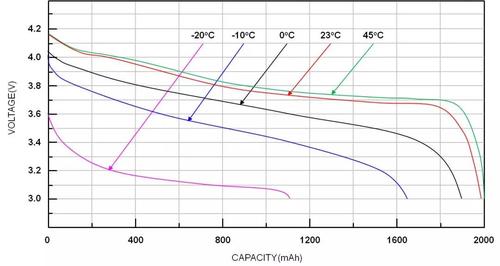
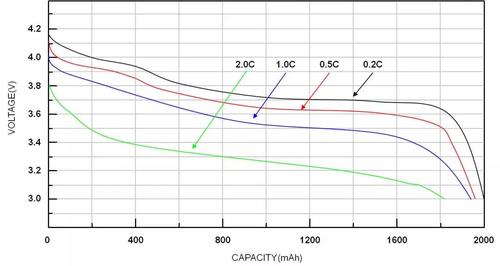
विभिन्न डिस्चार्ज दर र तापमानमा भोल्टेज र क्षमता बीचको सम्बन्ध
1.2 Max Charging Voltage
The maximum charging voltage is related to the chemical composition and characteristics of the battery. The charging voltage of lithium battery is usually 4.2V and 4.35V, and the voltage value will be different if the cathode and anode materials are different.
1.3 पूर्ण चार्ज
When the difference between the battery voltage and the highest charging voltage is less than 100mV, and the charging current drops to C/10, the battery can be regarded as fully charged. The battery characteristics are different, and the full charge conditions are also different.
तलको चित्रले सामान्य लिथियम ब्याट्री चार्ज गर्ने विशेषता वक्र देखाउँछ। जब ब्याट्री भोल्टेज उच्चतम चार्जिंग भोल्टेज बराबर हुन्छ र चार्जिङ वर्तमान C/10 मा झर्छ, ब्याट्री पूर्ण रूपमा चार्ज भएको मानिन्छ।
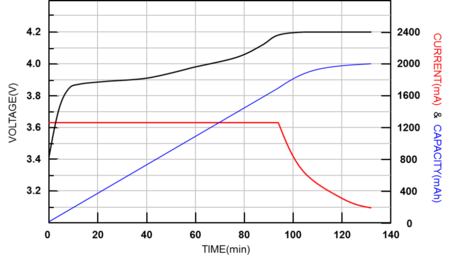
Figure 2. Lithium battery charging characteristic curve
1.4 Mini Discharging Voltage
The minimum discharge voltage can be defined by the cut-off discharge voltage, which is usually the voltage when the state of charge is 0%. This voltage value is not a fixed value, but changes with load, temperature, aging degree, or other factors.
1.5 पूर्ण रूपमा डिस्चार्ज
When the battery voltage is less than or equal to the minimum discharge voltage, it can be called a complete discharge.
1.6 Charge and discharge rate (C-Rate)
The charge-discharge rate is an expression of the charge-discharge current relative to the battery capacity. For example, if 1C is used to discharge for one hour, ideally, the battery will be completely discharged. Different charge and discharge rates will result in different usable capacity. Generally, the greater the charge-discharge rate, the smaller the available capacity.
1.7 साइकल जीवन
चक्रको संख्या भनेको ब्याट्रीको पूर्ण चार्जिङ र डिस्चार्जिङबाट गुज्रिएको संख्या हो, जुन वास्तविक डिस्चार्ज क्षमता र डिजाइन क्षमताबाट अनुमान गर्न सकिन्छ। जब पनि संचित डिस्चार्ज क्षमता डिजाइन क्षमता बराबर हुन्छ, चक्रहरूको संख्या एक पटक हुन्छ। सामान्यतया 500 चार्ज-डिस्चार्ज चक्र पछि, पूर्ण चार्ज गरिएको ब्याट्रीको क्षमता 10% ~ 20% ले घट्छ।

Figure 3. The relationship between the number of cycles and battery capacity
1.8 Self-Discharge
तापक्रम बढ्दै जाँदा सबै ब्याट्रीहरूको स्व-डिस्चार्ज बढ्छ। सेल्फ-डिस्चार्ज मूलतया एक निर्माण दोष होइन, तर ब्याट्री को विशेषताहरु। यद्यपि, निर्माण प्रक्रियामा अनुचित ह्यान्डलिङले पनि आत्म-निर्वहनमा वृद्धि हुन सक्छ। सामान्यतया, ब्याट्रीको तापक्रममा प्रत्येक १० डिग्री सेल्सियस वृद्धिको लागि स्व-डिस्चार्ज दर दोब्बर हुन्छ। लिथियम-आयन ब्याट्रीहरूको मासिक स्व-डिस्चार्ज लगभग 10 ~ 1% छ, जबकि विभिन्न निकल-आधारित ब्याट्रीहरूको मासिक स्व-डिस्चार्ज 2-10% छ।
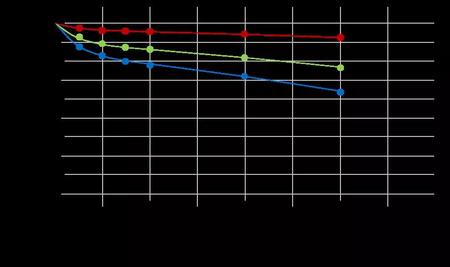
Figure 4. The performance of the self-discharge rate of lithium batteries at different temperatures
2. ब्याट्री इन्धन गेज को परिचय
2.1 Introduction to Fuel Gauge Function
Battery management can be regarded as part of power management. In battery management, the fuel gauge is responsible for estimating battery capacity. Its basic function is to monitor the voltage, charge/discharge current and battery temperature, and estimate the battery state of charge (SOC) and the battery’s full charge capacity (FCC). There are two typical methods for estimating the state of charge of a battery: the open circuit voltage method (OCV) and the coulometric method. Another method is the dynamic voltage algorithm designed by RICHTEK.
2.2 खुला सर्किट भोल्टेज विधि
The electricity meter using the open circuit voltage method is easier to implement, and it can be obtained by looking up the table corresponding to the state of charge of the open circuit voltage. The hypothetical condition of the open circuit voltage is the battery terminal voltage when the battery rests for about 30 minutes.
Under different load, temperature, and battery aging, the battery voltage curve will be different. Therefore, a fixed open-circuit voltmeter cannot fully represent the state of charge; the state of charge cannot be estimated by looking up the table alone. In other words, if the state of charge is estimated only by looking up the table, the error will be very large.
The following figure shows that the same battery voltage is under charge and discharge, and the state of charge found by the open circuit voltage method is very different.

Figure 5. Battery voltage under charging and discharging
तलको चित्रले देखाउँछ कि चार्जको अवस्था डिस्चार्जको समयमा विभिन्न भारहरूमा धेरै फरक हुन्छ। त्यसोभए मूल रूपमा, खुला सर्किट भोल्टेज विधि चार्जको अवस्थाको शुद्धताको लागि कम आवश्यकताहरू भएका प्रणालीहरूको लागि मात्र उपयुक्त छ, जस्तै लीड-एसिड ब्याट्रीहरूको प्रयोग वा अटोमोबाइलहरूमा निर्बाध बिजुली आपूर्तिहरू।

चित्र 6. डिस्चार्जको समयमा विभिन्न भारहरू अन्तर्गत ब्याट्री भोल्टेज
2.3 Coulomb मापन विधि
Coulomb मापन विधिको सञ्चालन सिद्धान्त ब्याट्रीको चार्जिङ/डिस्चार्जिङ मार्गमा पत्ता लगाउने प्रतिरोधक जडान गर्नु हो। ADC ले पत्ता लगाउने प्रतिरोधकमा भोल्टेज नाप्छ र यसलाई चार्ज वा डिस्चार्ज भइरहेको ब्याट्रीको हालको मूल्यमा रूपान्तरण गर्दछ। वास्तविक-समय काउन्टर (RTC) ले वर्तमान मूल्यको समयसँग एकीकरण प्रदान गर्दछ, ताकि कति कूलम्बहरू मार्फत प्रवाहित हुन्छन् भनेर थाहा पाउन।
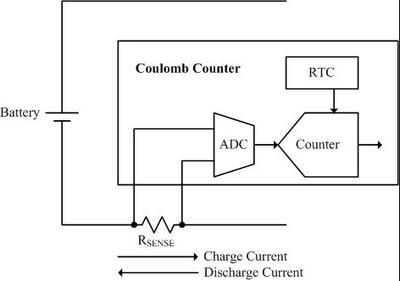
Figure 7. Basic working method of Coulomb measurement method
Coulomb measurement method can accurately calculate the real-time state of charge during charging or discharging. With the charge coulomb counter and the discharge coulomb counter, it can calculate the remaining capacity (RM) and the full charge capacity (FCC). At the same time, the remaining capacity (RM) and the full charge capacity (FCC) can also be used to calculate the state of charge, that is (SOC = RM / FCC). In addition, it can also estimate the remaining time, such as power exhaustion (TTE) and full power (TTF).
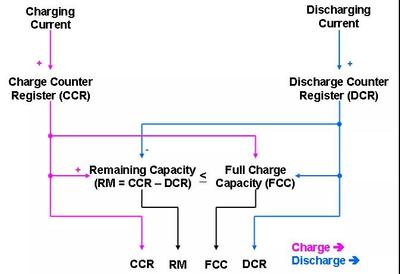
Figure 8. Calculation formula of Coulomb measurement method
त्यहाँ दुई मुख्य कारकहरू छन् जसले कुलम्ब मापन विधिको शुद्धतामा विचलन निम्त्याउँछ। पहिलो हालको सेन्सिङ र ADC मापनमा अफसेट त्रुटिहरूको संचय हो। यद्यपि हालको टेक्नोलोजीको साथ मापन त्रुटि अझै सानो छ, यदि यसलाई हटाउनको लागि कुनै राम्रो तरिका छैन भने, त्रुटि समय संग बढ्नेछ। तलको चित्रले देखाउँछ कि व्यावहारिक अनुप्रयोगहरूमा, यदि समय अवधिमा कुनै सुधार छैन भने, संचित त्रुटि असीमित छ।
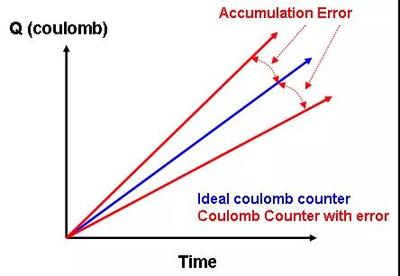
Figure 9. Cumulative error of Coulomb measurement method
In order to eliminate the accumulated error, there are three possible useable time points in normal battery operation: end of charge (EOC), end of discharge (EOD) and rest (Relax). When the charging end condition is reached, it means that the battery is fully charged and the state of charge (SOC) should be 100%. The discharge end condition means that the battery has been completely discharged and the state of charge (SOC) should be 0%; it can be an absolute voltage value or change with the load. When it reaches the resting state, the battery is neither charged nor discharged, and it remains in this state for a long time. If the user wants to use the rest state of the battery to correct the error of the coulomb measurement method, an open-circuit voltmeter must be used at this time. The figure below shows that the state of charge error can be corrected in the above state.
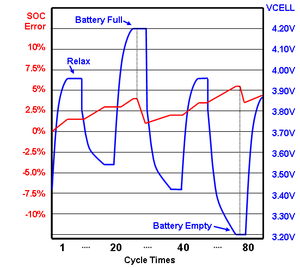
Figure 10. Conditions for eliminating the cumulative error of the Coulomb measurement method
The second major factor causing the deviation of the accuracy of the coulomb measurement method is the full charge capacity (FCC) error, which is the difference between the value of the battery design capacity and the true full charge capacity of the battery. Full charge capacity (FCC) will be affected by temperature, aging, load and other factors. Therefore, the re-learning and compensation method of the full charge capacity is very important for the coulomb measurement method. The following figure shows the trend phenomenon of the state of charge error when the full charge capacity is overestimated and underestimated.
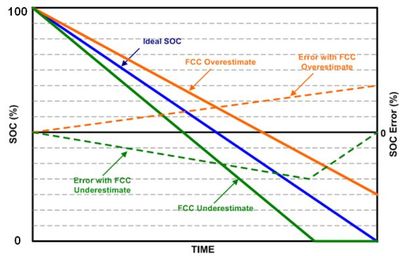
चित्र 11. त्रुटि प्रवृति जब पूर्ण चार्ज क्षमता अत्यधिक अनुमानित र कम अनुमान गरिएको छ
2.4 Dynamic voltage algorithm fuel gauge
The dynamic voltage algorithm fuel gauge can calculate the state of charge of the lithium battery based only on the battery voltage. This method is to estimate the increase or decrease of the state of charge based on the difference between the battery voltage and the open circuit voltage of the battery. The dynamic voltage information can effectively simulate the behavior of the lithium battery to determine the state of charge SOC (%), but this method cannot estimate the battery capacity value (mAh).
यसको गणना विधि ब्याट्री भोल्टेज र खुला सर्किट भोल्टेज बीचको गतिशील भिन्नतामा आधारित छ, चार्जको अवस्था अनुमान गर्न चार्जको अवस्थाको प्रत्येक वृद्धि वा घटेको गणना गर्न पुनरावृत्ति एल्गोरिदम प्रयोग गरेर। कूलम्ब मिटरिङ इन्धन गेजको समाधानसँग तुलना गर्दा, गतिशील भोल्टेज एल्गोरिदम इन्धन गेजले समय र वर्तमानमा त्रुटिहरू जम्मा गर्दैन। Coulomb मिटरिङ इन्धन गेजहरू सामान्यतया वर्तमान सेन्सिङ त्रुटिहरू र ब्याट्री स्व-डिस्चार्जको कारण चार्जको स्थितिको गलत अनुमानको कारण बनाउँछन्। यदि हालको सेन्सिङ त्रुटि धेरै सानो छ भने पनि, कूलम्ब काउन्टरले त्रुटि सञ्चित गर्न जारी राख्नेछ, र संचित त्रुटिलाई पूर्ण रूपमा चार्ज वा पूर्ण रूपमा डिस्चार्ज गर्दा मात्र हटाउन सकिन्छ।
डायनामिक भोल्टेज एल्गोरिथ्म इन्धन गेजले भोल्टेज जानकारीद्वारा मात्र ब्याट्रीको चार्जको अवस्था अनुमान गर्छ; किनभने यो ब्याट्रीको हालको जानकारी द्वारा अनुमान गरिएको छैन, यसले त्रुटिहरू जम्मा गर्दैन। चार्जको अवस्थाको शुद्धता सुधार गर्नको लागि, गतिशील भोल्टेज एल्गोरिदमले वास्तविक उपकरण प्रयोग गर्न आवश्यक छ, र पूर्ण रूपमा चार्ज र पूर्ण रूपमा डिस्चार्ज हुँदा वास्तविक ब्याट्री भोल्टेज कर्भ अनुसार अनुकूलित एल्गोरिदमको प्यारामिटरहरू समायोजन गर्न आवश्यक छ।
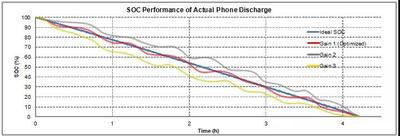
Figure 12. Performance of dynamic voltage algorithm fuel gauge and gain optimization
The following is the performance of the dynamic voltage algorithm under different discharge rate conditions. It can be seen from the figure that its state of charge has good accuracy. Regardless of the discharge conditions of C/2, C/4, C/7 and C/10, the overall state of charge error of this method is less than 3%.
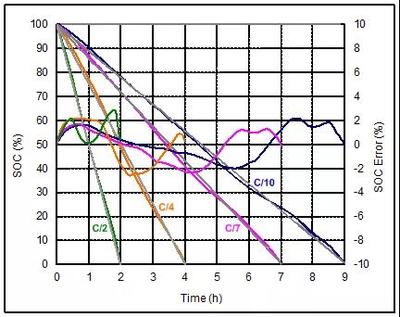
चित्र 13. विभिन्न डिस्चार्ज दर अवस्थाहरूमा गतिशील भोल्टेज एल्गोरिदमको चार्जको अवस्थाको प्रदर्शन
तलको चित्रले ब्याट्री छोटो चार्ज र छोटो डिस्चार्ज हुँदा चार्जको अवस्थाको प्रदर्शन देखाउँछ। चार्ज त्रुटिको अवस्था अझै धेरै सानो छ, र अधिकतम त्रुटि मात्र 3% छ।
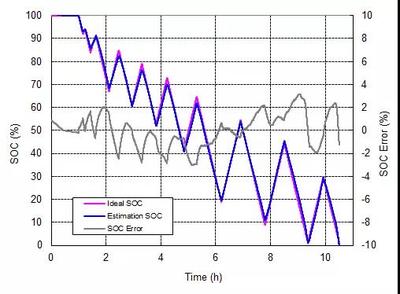
चित्र 14. ब्याट्री छोटो चार्ज र छोटो डिस्चार्ज हुँदा गतिशील भोल्टेज एल्गोरिदम को चार्ज को स्थिति को प्रदर्शन
हालको सेन्सिङ त्रुटिहरू र ब्याट्री सेल्फ-डिस्चार्जको कारणले गर्दा कूलम्ब मिटरिङ फ्युल गेजले सामान्यतया गलत स्थिति निम्त्याउने अवस्थाको तुलनामा, डायनामिक भोल्टेज एल्गोरिदमले समय र वर्तमानमा त्रुटिहरू जम्मा गर्दैन, जुन ठूलो फाइदा हो। किनभने त्यहाँ चार्ज/डिस्चार्ज वर्तमानको बारेमा कुनै जानकारी छैन, डायनामिक भोल्टेज एल्गोरिथ्ममा छोटो अवधिको सटीकता र ढिलो प्रतिक्रिया समय छ। थप रूपमा, यसले पूर्ण चार्ज क्षमता अनुमान गर्न सक्दैन। यद्यपि, यसले दीर्घकालीन शुद्धताको सन्दर्भमा राम्रो प्रदर्शन गर्दछ, किनभने ब्याट्री भोल्टेजले अन्ततः यसको चार्जको अवस्थालाई प्रत्यक्ष रूपमा प्रतिबिम्बित गर्नेछ।
